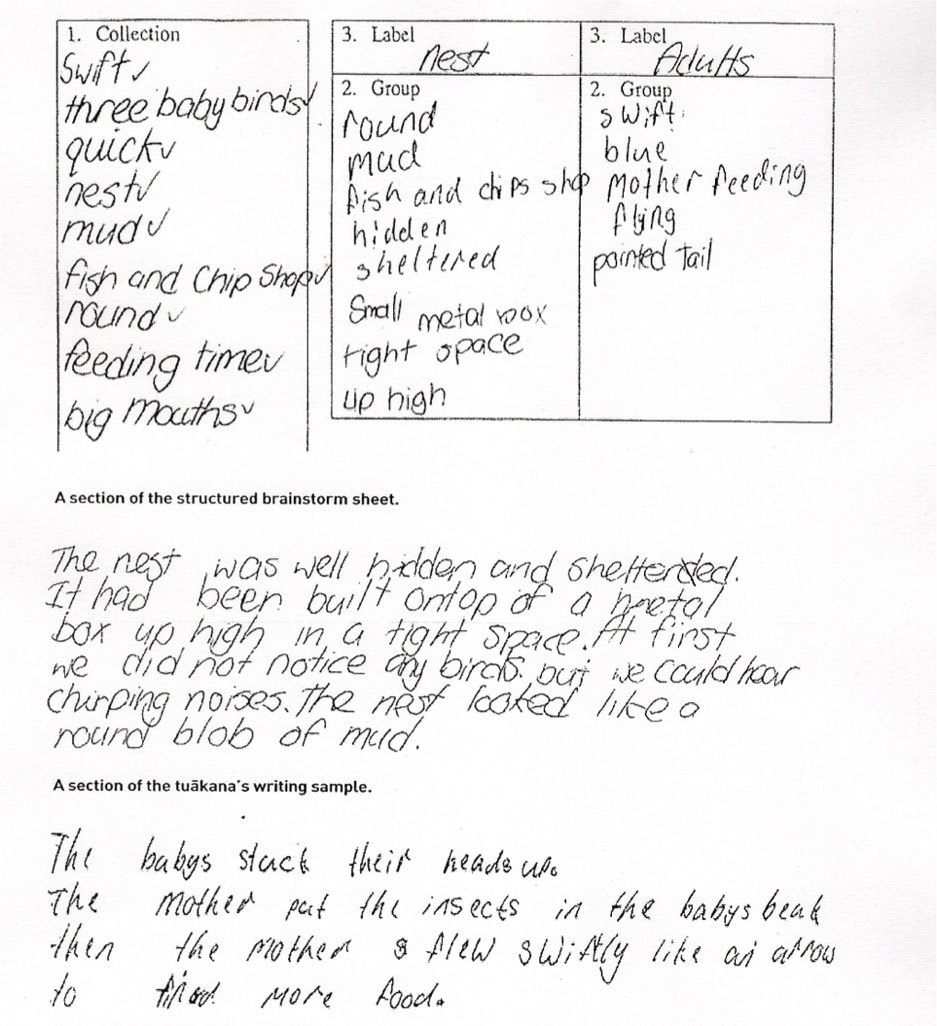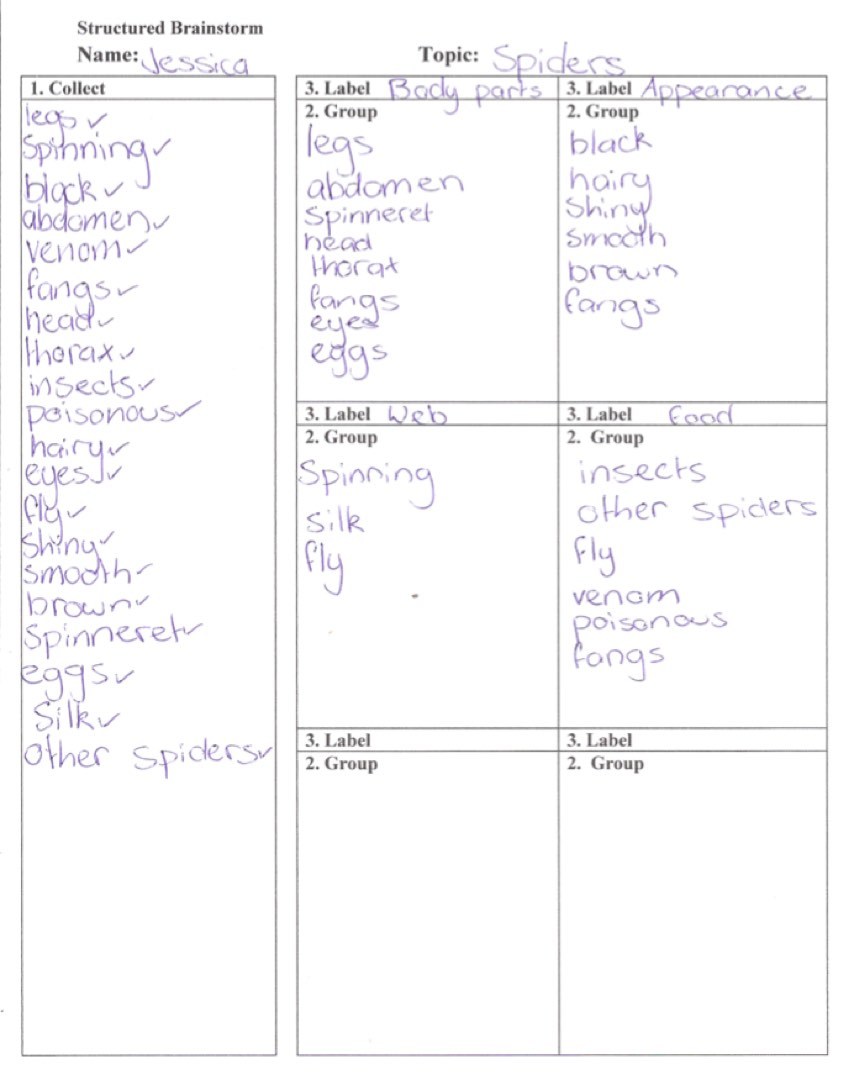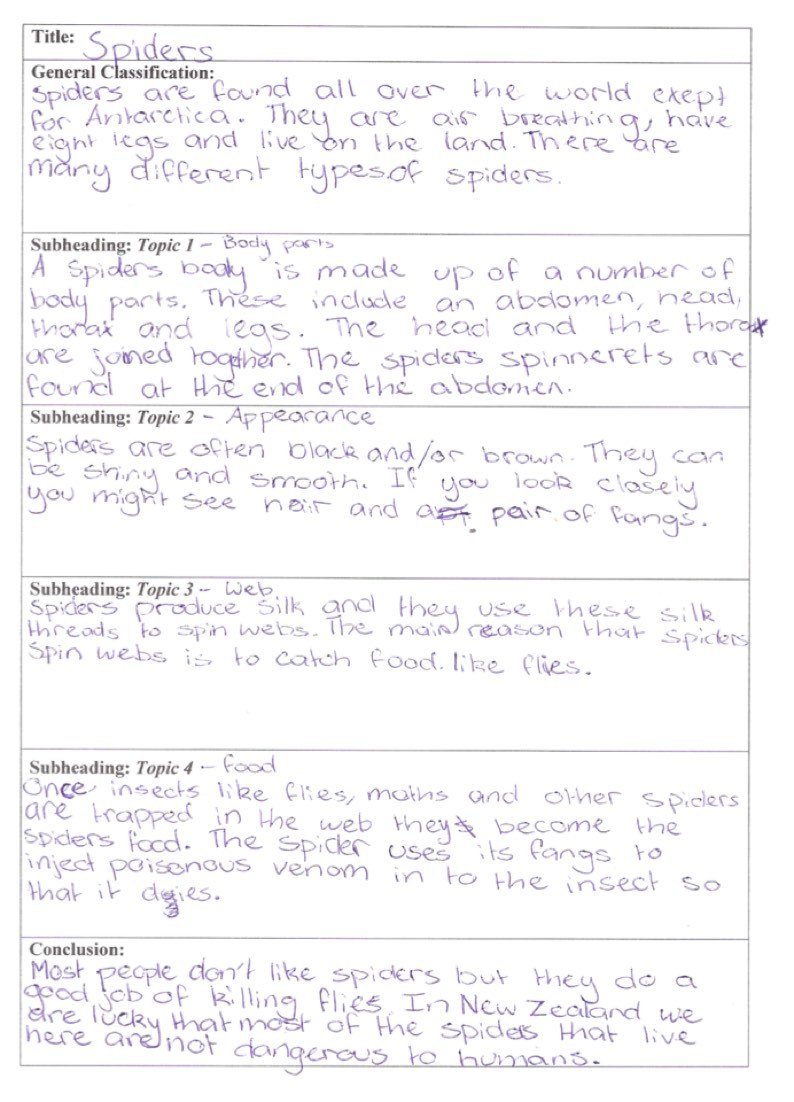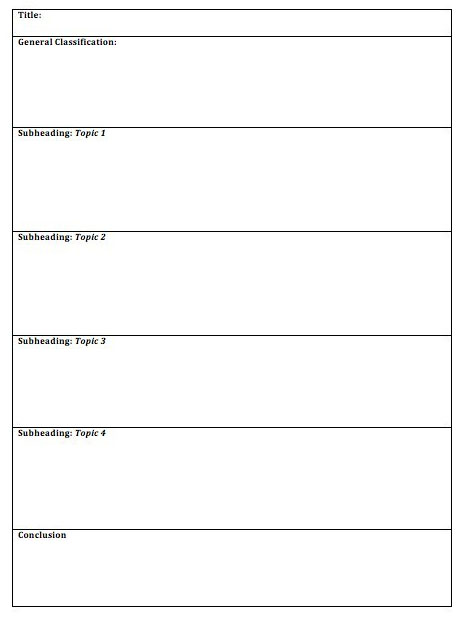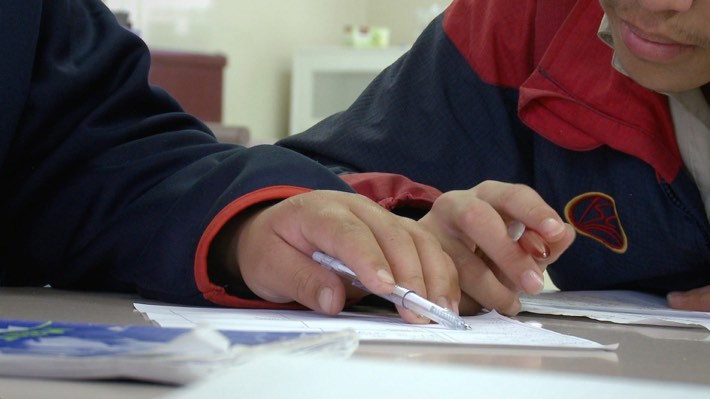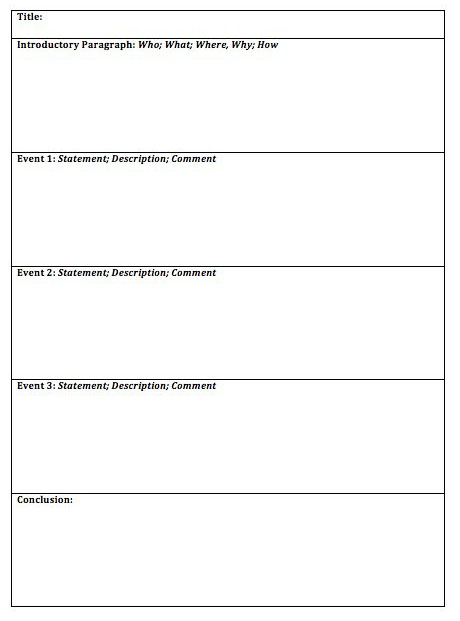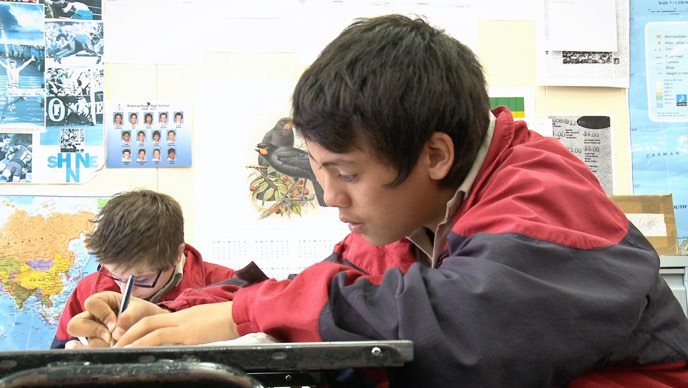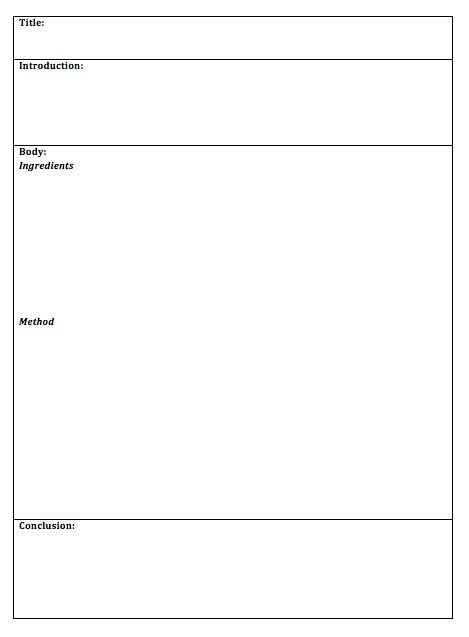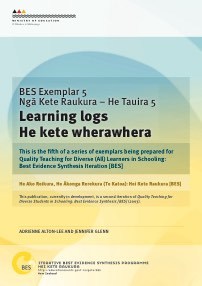19
Structures for purposeful and confident writers
When creating responsive social contexts for writing teachers need to be mindful of what Vygotsky (1978) refers to as students’ zone of proximal development and remember that effective writing is a complex cognitive task.
This requires teachers to understand the level of writing skills and abilities the student has developed, and then provide supportive scaffolding to support the student transition to the next level of competency and independence.
In writing this scaffolding is particularly important in relation to the cognitive processes of planning, translating and revising their writing. Such scaffolding might include personal one-to-one guidance and support from the teacher and/or from a more competent peer that is then gradually removed, so that students can successfully work independently.
Tools for scaffolding can include writing templates or writing structures. Such tools can remove structural barriers some students encounter when they are trying to formulate a piece of writing. Importantly, writing structures provide a framework whereby students can, either independently or cooperatively, generate words, record their prior knowledge and experience and organise their ideas.
It is important that these structures do not become a constraint to the writing process or are not seen in any way to be formulaic but rather are used as a scaffolded means towards writing with greater purpose and confidence. The first of these structures is a structure for brainstorming. There are also structures for recount,report and procedure writing.

20
Structured Brainstorming
The Structured Brainstorming procedure
This Structured Brainstorming procedure is based on a structural framework provided by Whitehead (1998). The procedure was designed to be used for transactional report writing to assist students to record and organise information prior to writing a report.
Māori medium teachers have also found them to be very useful for other forms of writing, especially when implemented using the tuākana (a more competent peer), tēina (a less competent peer) support relationship.
1. Collecting words
The first phase of a structured brainstorming procedure involves engaging in a brainstorm and collecting words that are connected to a particular topic. As mentioned above this initial word collection exercise can be done in a tuākana, tēina paired situation where the tuākana records the words, or students who are confident to work independently can undertake this process by themselves.
The emphasis at this point is to activate prior knowledge and gather as many words as possible. Other sources of information such as the teacher, peers, dictionaries or wall charts may also be accessed.
2. Grouping words
After the initial brainstorm students then focus on the words that have been recorded in the collection list and consider which pairs of words go together. As a pair of related words is identified they are transferred across to the boxes that are labelled Group. In a tuākana, tēina situation this could be undertaken by the tēina.
3. Labelling groups
Once students have arranged pairs of words into the boxes, they need to consider and discuss what makes the two words a pair, or why the words are connected. Once they have decided upon the reason this becomes the label and is written by the tuākana in the Label box.
4. Enlarge the groups
The students then to go back to the words listed in the Collection box and transfer all words across into the appropriate group boxes. This can be done by the tēina.
With the initial words collected and meaningfully organised into separate categories, this structured brainstorming procedure provides students with a basis to develop a piece of transactional writing.
Students are able to use each of the category boxes to formulate sentences and/or paragraphs. In the tuākana, tēina situation each student has access to the brainstorm which can effectively scaffold them in to independent writing.
21
Further research
The structured brainstorming framework and or the piece of writing that transpires can also be used as a catalyst for further research and investigation.
5. Taking the learning further
The initial brainstorm and subsequent grouping and labelling processes could generate research questions for students around the writing topic. They could for example, find out the meaning of words that they may be unfamiliar with or there might only be a few words grouped under a particular label which could prompt students to seek other words that connect with that label.
They could also consider what other information would be interesting to know and suggest how they might find the answers and whose assistance might they seek. Any additional information that is found as a result of this research could then be integrated in to the original piece of writing.


